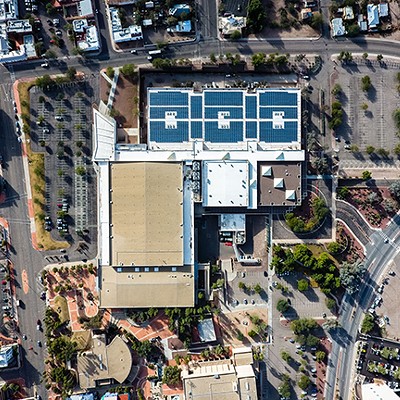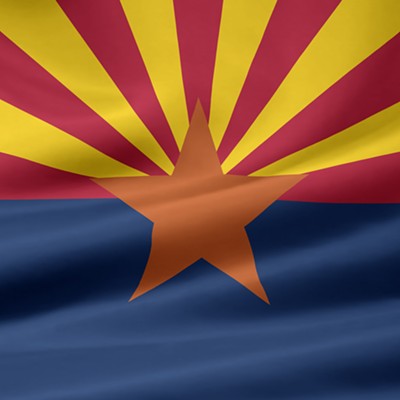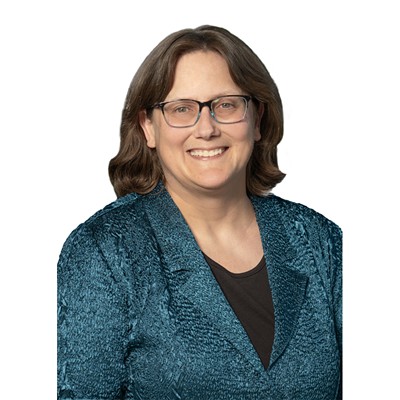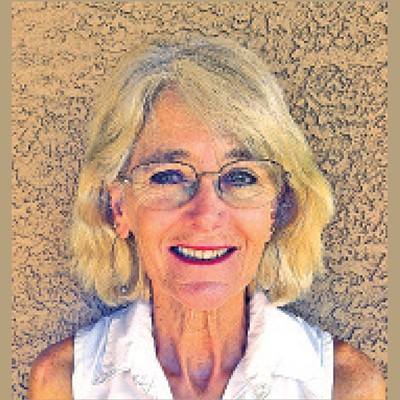What if we raised impact fees so that they accurately reflect the true cost of growth? What if we then redirected our tax dollars to address the energy inefficiency of our older housing stock?
Some might argue that this will not amount to much money, but when Pima County recently conducted an infrastructure cost analysis for projected growth, it concluded that impact fees would need to be at least $30,000 per home in some areas if growth were to pay for itself. Tucson currently collects only a fraction of the actual cost of growth, and taxpayers make up the difference.
What if this money was instead used to establish a green urban renewal fund that the owner-occupants of older homes could access to offset the cost of installing energy- and resource-saving upgrades like better insulation, solar panels and rainwater cisterns?
Older homes would receive badly needed investment, and owner-occupants would be rewarded for helping to stabilize and revitalize declining neighborhoods. The community would benefit as less energy is wasted, and the money these homeowners save on their utility bills would more likely be spent in our local economy than siphoned off to the private coffers of some distant homebuilder.
Why stop there?
What if Arizona created a program, modeled after our historic districts, that rewarded owner-occupants of older homes who agreed to increase the energy efficiency of their property through the installation of energy-efficient and resource-conserving features? In exchange for their participation, they would receive a property-tax reduction for 15 years or as long as they lived in the home, whichever came first.
Historic districts were created to help reverse the decline in older neighborhoods which often leads to crumbling infrastructure and increases in crime. They provide an economic incentive, in the form of reduced property taxes, to residents who agree to live in the home and preserve its historical integrity.
What if we got serious about creating affordable housing?
Our current system of impact fees requires existing residents to subsidize new homebuyers, whether those buyers make $30,000 or $300,000. This scattershot approach is an inefficient and unfair way of achieving affordability.
Many communities have turned to community housing trusts and workforce housing as more equitable ways of addressing affordability. These mechanisms specifically target those who most need the assistance and allow those who are well-off to pay their full share of the cost of growth.
Workforce housing could provide a real boost to Rio Nuevo if the city, county and University of Arizona combined their resources and created employee-focused housing in the neighborhoods bordering downtown and the university. Many of these neighborhoods consist of older homes, and some have rental rates as high as 90 percent. Increasing the ratio of owner-occupants creates a potential customer base that is less transient and more likely to build long-term relationships with local businesses, and it does so without placing undue stress on downtown's aging infrastructure. It also provides these employees with more transportation alternatives, which they are more likely to utilize on a consistent basis.
What if we communicated more frequently with our elected city officials ( mcweb@tucsonaz.gov ) and made it clear that we will no longer accept policies born out of elitist "town halls" and push-poll "surveys" that are designed to steer the decision-making process in a way that serves the interests of the few while impacting the pocketbooks and quality of life of the many?
What if we acknowledged that a larger population comes with a heavy price, both to our aging infrastructure and our diminishing water resources?
What if we pursued a holistic approach to solving the problems of sustainability, one that sees beyond the automobile and acknowledges the dependency that our food supply has on oil production?
What if we employed a collaborative process to address the multitude of issues Tucson faces, one that utilizes the talents, skills and energy of all our citizens?
We can create an equitable and sustainable community if we are willing to ask, "What if?" and answer, "Why not?"










